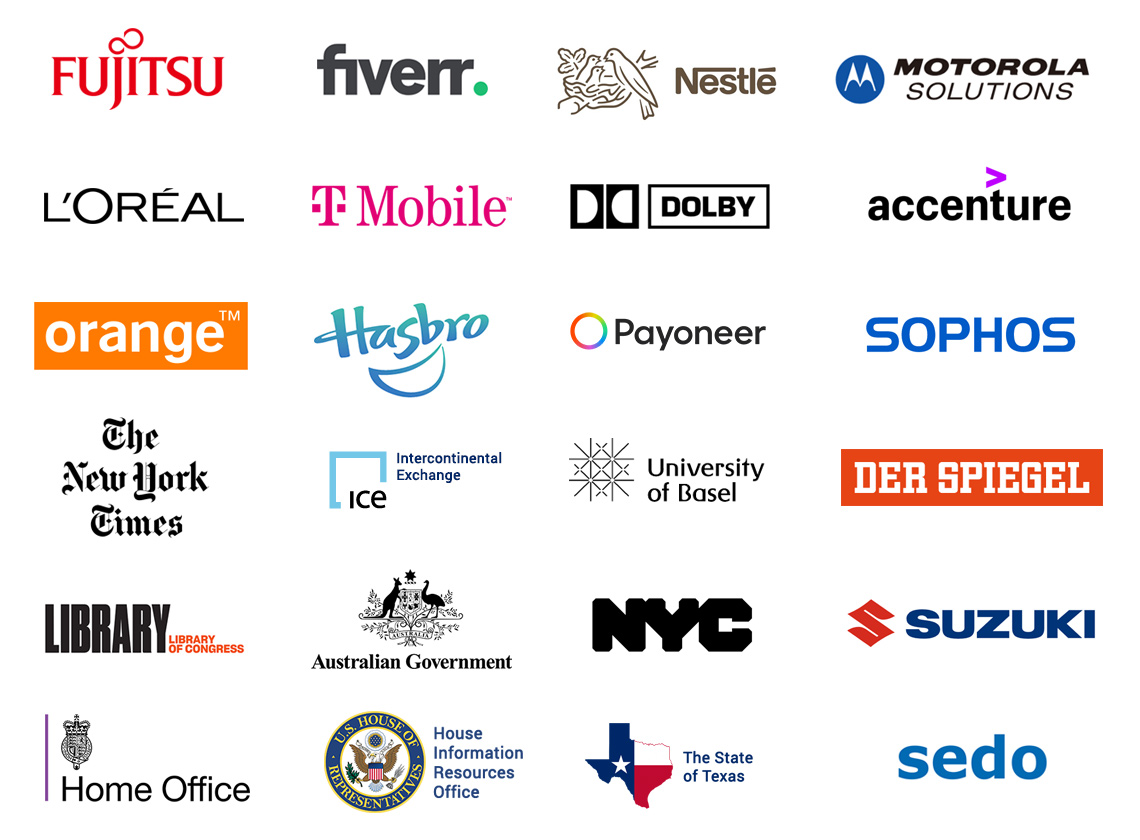TLDR: A demo speaks louder than a thousand words. You can connect to an online PDF sandbox created by me and my team via browserling.com/browse. It allows you to download, view, and edit PDF documents safely in a controlled, isolated environment.
PDF Sandbox – What Is It?
A PDF sandbox is a specialized, isolated environment used to securely execute and analyze PDF files, mitigating the risk of malicious code execution. This controlled setting allows for the examination of potentially hazardous content without exposing the host system to security threats. By utilizing such a sandbox, cybersecurity professionals can safely scrutinize PDFs, often a vector for malware and phishing attacks, thereby enhancing the security of digital corporate infrastructure.
How Does a PDF Sandbox Work?
A PDF sandbox operates by executing PDF files within a secure, isolated virtual environment, separate from the main operating system. This separation ensures that any embedded scripts or malicious code within the PDF are activated and analyzed within the sandbox, preventing direct interaction with the host system. Through this process, the cybersecurity experts can identify and evaluate potentially harmful behaviors or exploits, gather insights and protection mechanisms against security threats without compromising their own system's integrity.
Why Are PDF Files Dangerous?
PDF files can be dangerous because of their capability to contain embedded scripts and malicious payloads, which can be executed upon opening, leading to security breaches. These files can be weaponized to exploit vulnerabilities in PDF readers, enabling attackers to execute arbitrary code, access sensitive data, or gain unauthorized system access. Consequently, PDFs are a common vector for cyber attacks, necessitating rigorous security measures and cautious handling.
What Threats Can a PDF Sandbox Detect?
Embedded Malicious Scripts
PDF sandboxes can identify and neutralize scripts hidden within PDF files, which, when executed, can lead to unauthorized actions such as data theft or system compromise. These scripts often use obfuscation techniques to evade detection by conventional antivirus software.
Exploits Targeting Reader Vulnerabilities
Many PDFs contain exploits designed to take advantage of known vulnerabilities in PDF readers. A sandbox environment can detect these exploit attempts, effectively preventing them from compromising the user's system.
Phishing Links and Social Engineering
Sandboxes are capable of identifying phishing links embedded in PDF documents. These links, often disguised as legitimate, can lead to malicious websites or trigger fraudulent requests, a common tactic in social engineering attacks.
Document-Based Ransomware
Ransomware embedded in PDF files can be identified by a sandbox. This type of malware typically encrypts user data and demands a ransom for its release, posing a significant threat to data integrity and security.
Unauthorized Data Exfiltration
A PDF sandbox can detect attempts at data exfiltration hidden within PDF files. Such activities might involve the unauthorized transmission of sensitive information from the victim's computer to an external server. This capability is crucial in preventing the loss of confidential or proprietary data, a key concern in cybersecurity.
Can a PDF Sandbox Stop Zero-Day Attacks?
A PDF sandbox is highly effective at mitigating zero-day attacks by scrutinizing and executing PDF files in an isolated environment, identifying and responding to unknown threats that traditional security solutions might miss. This proactive stance allows for the detection and analysis of novel vulnerabilities and exploits before they are formally recognized and addressed in security updates. Consequently, a PDF sandbox serves as a crucial line of defense against these emerging, unpatched security threats in PDF documents.
PDF Sandbox vs Antivirus – What's the Difference?
A PDF sandbox specifically targets threats within PDF files by isolating and analyzing them in a controlled environment, focusing on embedded scripts and exploits unique to these documents. In contrast, antivirus software provides a broader spectrum of protection against various types of malware across different file formats and system processes. While antivirus programs rely on known threat signatures for detection, a PDF sandbox offers dynamic analysis to uncover and mitigate new, sophisticated threats, often undetectable by traditional antivirus solutions.
Who Needs a PDF Sandbox?
A PDF sandbox is essential for organizations and individuals handling sensitive data, where the risk of cyber attacks via PDF documents is heightened. It's particularly useful for IT security teams, financial institutions, healthcare providers, and government agencies, where safeguarding data integrity and compliance with regulatory standards is paramount. By deploying a PDF sandbox, these entities can proactively thwart sophisticated cyber threats embedded in PDFs, thereby fortifying their cybersecurity defenses.
What Is Browserling?
Browserling is an online browser sandbox platform that also specializes in PDF sandboxing. It enables users to securely open and analyze PDF files across a range of browsers, including Chrome, Edge, Firefox, and Opera, on multiple operating systems. Additionally, it supports various PDF reader programs like SumatraPDF, allowing for comprehensive testing and evaluation of PDFs in diverse viewing environments. This capability is crucial for identifying PDF-specific vulnerabilities and ensuring the safe handling of PDFs across different platforms.
Who Uses Browserling?
Browserling has now become the PDF sandbox platform of choice for security professionals and it's used by hundreds of thousands of users around the world every month. Browserling's customers include governments, states, cities, banks, stock exchanges, universities, newspapers, Fortune 100, Fortune 500 companies, and private multi-billion dollar companies.

Browse safe!
